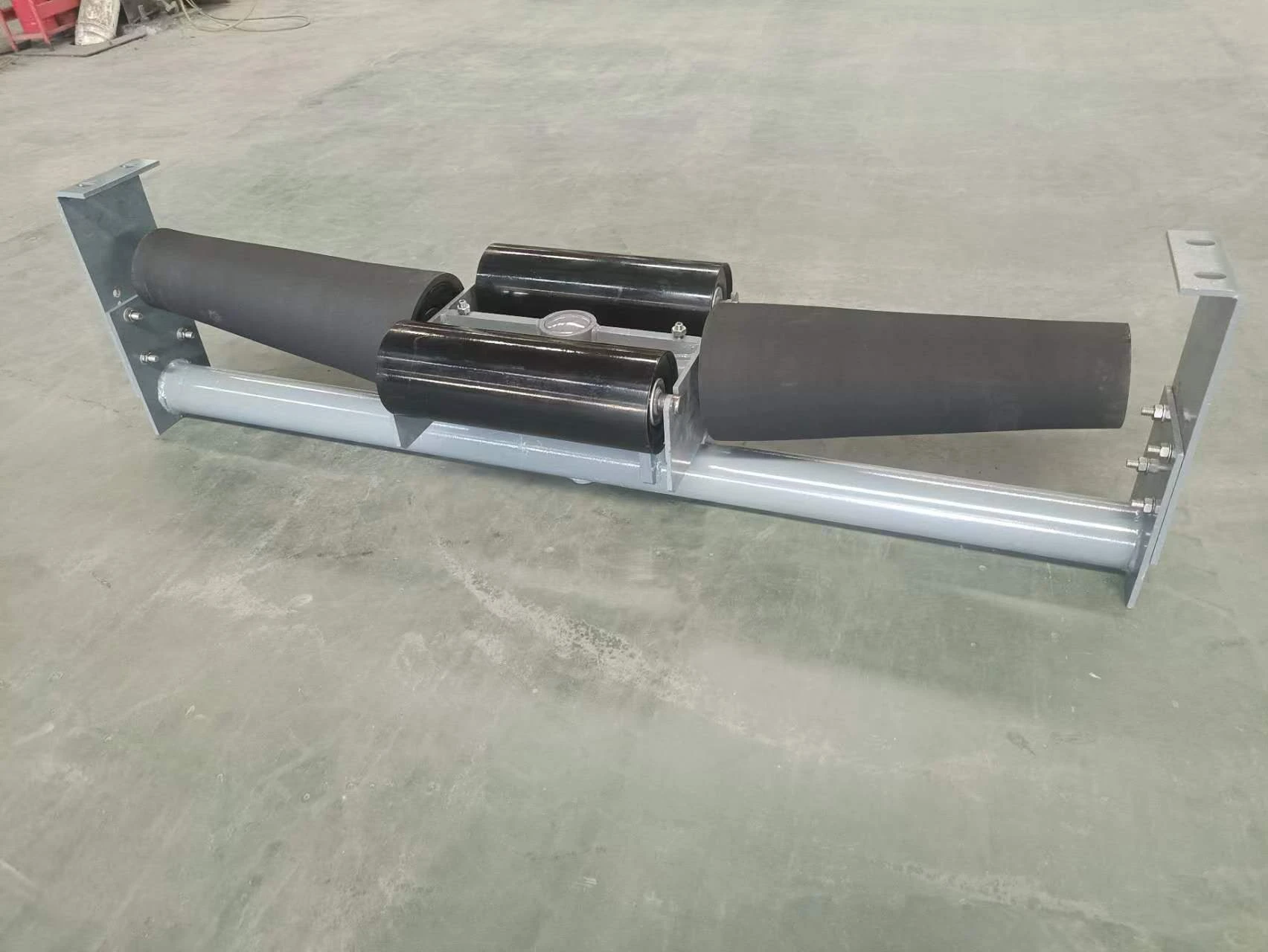 Afrikaans
Afrikaans  Albanian
Albanian  Amharic
Amharic  Arabic
Arabic  Armenian
Armenian  Azerbaijani
Azerbaijani  Basque
Basque  Belarusian
Belarusian  Bengali
Bengali  Bosnian
Bosnian  Bulgarian
Bulgarian  Catalan
Catalan  Cebuano
Cebuano  Corsican
Corsican  Croatian
Croatian  Czech
Czech  Danish
Danish  Dutch
Dutch  English
English  Esperanto
Esperanto  Estonian
Estonian  Finnish
Finnish  French
French  Frisian
Frisian  Galician
Galician  Georgian
Georgian  German
German  Greek
Greek  Gujarati
Gujarati  Haitian Creole
Haitian Creole  hausa
hausa  hawaiian
hawaiian  Hebrew
Hebrew  Hindi
Hindi  Miao
Miao  Hungarian
Hungarian  Icelandic
Icelandic  igbo
igbo  Indonesian
Indonesian  irish
irish  Italian
Italian  Japanese
Japanese  Javanese
Javanese  Kannada
Kannada  kazakh
kazakh  Khmer
Khmer  Rwandese
Rwandese  Korean
Korean  Kurdish
Kurdish  Kyrgyz
Kyrgyz  Lao
Lao  Latin
Latin  Latvian
Latvian  Lithuanian
Lithuanian  Luxembourgish
Luxembourgish  Macedonian
Macedonian  Malgashi
Malgashi  Malay
Malay  Malayalam
Malayalam  Maltese
Maltese  Maori
Maori  Marathi
Marathi  Mongolian
Mongolian  Myanmar
Myanmar  Nepali
Nepali  Norwegian
Norwegian  Norwegian
Norwegian  Occitan
Occitan  Pashto
Pashto  Persian
Persian  Polish
Polish  Portuguese
Portuguese  Punjabi
Punjabi  Romanian
Romanian  Russian
Russian  Samoan
Samoan  Scottish Gaelic
Scottish Gaelic  Serbian
Serbian  Sesotho
Sesotho  Shona
Shona  Sindhi
Sindhi  Sinhala
Sinhala  Slovak
Slovak  Slovenian
Slovenian  Somali
Somali  Spanish
Spanish  Sundanese
Sundanese  Swahili
Swahili  Swedish
Swedish  Tagalog
Tagalog  Tajik
Tajik  Tamil
Tamil  Tatar
Tatar  Telugu
Telugu  Thai
Thai  Turkish
Turkish  Turkmen
Turkmen  Ukrainian
Ukrainian  Urdu
Urdu  Uighur
Uighur  Uzbek
Uzbek  Vietnamese
Vietnamese  Welsh
Welsh  Bantu
Bantu  Yiddish
Yiddish  Yoruba
Yoruba  Zulu
Zulu conveyor belt side guide rollers
The Importance of Conveyor Belt Side Guide Rollers
In various industrial settings, conveyor systems play a crucial role in ensuring the efficient movement of materials from one point to another. These systems are often complex, comprising multiple components that work in unison to enhance productivity and streamline operations. One such essential component is the side guide roller. This simple yet effective mechanism has far-reaching implications for the performance and reliability of conveyor belts.
Understanding Conveyor Belt Side Guide Rollers
Conveyor belt side guide rollers are specifically designed to stabilize and support conveyor systems. Their primary function is to keep the conveyor belt aligned during operation, preventing it from slipping or wandering off course. These rollers are typically positioned on either side of the conveyor belt and help maintain the belt’s lateral position, ensuring smooth and uninterrupted movement.
The significance of side guide rollers extends beyond mere alignment. They are integral in minimizing belt wear, reducing the risk of damage and failure. When a conveyor belt strays from its intended path, it can create excessive friction between the belt and other components, leading to increased wear and tear. By effectively guiding the belt, side guide rollers help to mitigate such issues, extending the lifespan of the conveyor system and reducing maintenance costs.
Types of Side Guide Rollers
There are various designs of side guide rollers available in the market, each tailored to specific conveyor applications. Common types include
1. Fixed Side Guide Rollers These are stationary and positioned to maintain fixed limits on the belt’s lateral movement. They are ideal for applications where the belt has a consistent load and speed.
2. Adjustable Side Guide Rollers These rollers can be moved to accommodate different belt widths or to adjust the position of the belt. This flexibility makes them suitable for environments where different materials are transported or where belt alignment may change frequently.
conveyor belt side guide rollers

3. Ball-Bearing Side Guide Rollers Equipped with ball-bearings, these rollers facilitate smoother operation and lower friction, enabling more efficient movement of materials while also contributing to lower energy consumption.
Key Benefits of Using Side Guide Rollers
1. Enhanced Performance Side guide rollers provide the necessary support to ensure that the conveyor belt remains on track, enhancing overall performance. This stability is crucial in high-speed applications where misalignment can lead to operational disruptions.
2. Reduced Wear and Tear The presence of side guide rollers significantly reduces the likelihood of belt misalignment, which in turn lowers the risk of wear and tear. This feature not only prolongs the life of the conveyor belt but also reduces the frequency and cost of maintenance.
3. Increased Safety A well-aligned conveyor system minimizes the risk of accidents caused by slipping or wandering belts. By ensuring that the belt remains properly situated, side guide rollers contribute to a safer working environment.
4. Cost-Effective Operations Implementing side guide rollers can lead to significant cost savings in the long run. By reducing wear on the belt and minimizing the need for maintenance, businesses can save on both repair costs and downtime associated with equipment failure.
Conclusion
In conclusion, conveyor belt side guide rollers are vital components that play an essential role in the effective operation of conveyor systems. Their functions extend far beyond mere alignment, contributing to the overall efficiency, durability, and safety of conveyor operations. By investing in high-quality side guide rollers and ensuring their proper installation and maintenance, businesses can enhance their operational performance and achieve significant cost savings. As industries continue to evolve and demand for efficiency increases, the importance of such components will only grow, affirming their place as indispensable tools in modern material handling and logistics.
-
Revolutionizing Conveyor Reliability with Advanced Rubber Lagging PulleysNewsJul.22,2025
-
Powering Precision and Durability with Expert Manufacturers of Conveyor ComponentsNewsJul.22,2025
-
Optimizing Conveyor Systems with Advanced Conveyor AccessoriesNewsJul.22,2025
-
Maximize Conveyor Efficiency with Quality Conveyor Idler PulleysNewsJul.22,2025
-
Future-Proof Your Conveyor System with High-Performance Polyurethane RollerNewsJul.22,2025
-
Driving Efficiency Forward with Quality Idlers and RollersNewsJul.22,2025





























